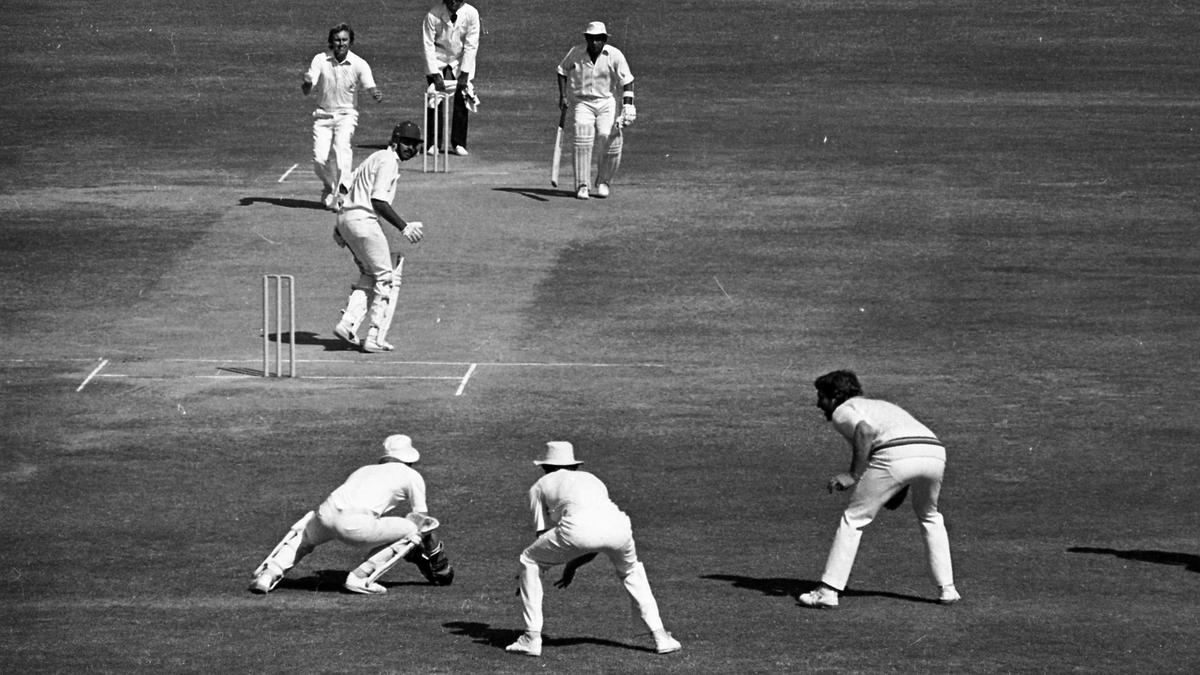Renuka Singh’s Inswinging Masterpiece Stuns Pakistan in T20 World Cup
Renuka Singh’s Inswinging Masterpiece Dismisses Pakistan’s Feroza in T20 World Cup Thriller
In a captivating display of swing bowling artistry, Indian seamer Renuka Singh unleashed a gem of a delivery to dismiss Pakistan’s opener Gull Feroza in the Women’s T20 World Cup match in Dubai on Sunday.
Renuka, renowned for her exceptional ability to swing the ball both ways, executed a flawless inswinger that left Feroza utterly bewildered. The ball, pitched on a perfect length, swung in sharply, crashing into the stumps with a resounding thud.
Feroza, caught off guard on the crease, could only watch helplessly as the bails were dislodged. Renuka’s precision and control were evident in this classic delivery, providing India with a crucial breakthrough in the high-stakes contest.
Earlier, Pakistan skipper Fatima Sana opted to bat after winning the toss. India made a strategic change in their playing XI, introducing off-spinner Sajeevan Sajana in place of injured medium pacer Pooja Vastrakar. Pakistan, on the other hand, brought in leg spinner Syeda Aroob Shahin to replace medium pacer Diana Baig.
Renuka’s dismissal of Feroza set the tone for India’s bowling performance, as they restricted Pakistan to a modest total of 149/4. The Indian batters then chased down the target with relative ease, securing a comfortable victory.
Renuka’s exceptional bowling display has once again highlighted her status as one of the most formidable swing bowlers in women’s cricket. Her ability to generate both inward and outward swing makes her a potent threat to batters of all styles.




